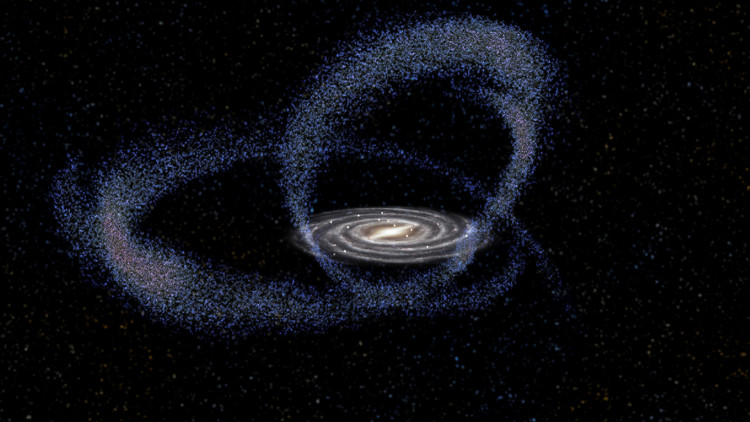Fast radio bursts (FRBs) are enigmatic and seldomly detected bursts of energy that come from far beyond our own Milky Way. they were first discovered by Australian astronomers David Narkevic and Duncan Lorimer in 2007 using the Parkes radio telescope.
If you're asking why this information is important, it's because two FRBs are sporting a unique behavior -- instead of happening once, FRB 121102 and FRB 180916.J10158+56 keep repeating.
FRB 121102 was first detected in 2014 by the Arecibo radio telescope in Puerto Rico and was noticed again around two years later, making it the only signal at the time to happen more than once.
Due to FRB 121102's different behavior, astronomers had to reconsider the theory that FRB's are merely one-off events. Since then, multiple "repeaters" have been recorded.
A new paper published in the Monthly Notices of the Royal Astronomical Society has revealed what's behind FRB 121102's unique behavior, thanks to an international team of researchers at the Jodrell Bank Observatory -- home of the U.K.'s gigantic radio telescope.
Using the 76-meter Lovell Telescope, the team discovered that each radio burst from FRB 121102 lasted approximately 90 days, followed by a silent period of 67 days. This behavior repeats every 157 days. No other kind of repetition in FRBs have been recorded until now, which means scientists can now predict when 121102 will be "on" or "off."
The new discovery presents an exciting clue as to where FRBs really come from. Currently, astronomers believe that the pattern they observed suggests that these powerful radio signals are linked to a black hole, a neutron star, or the orbital motion of a massive star.
So no, these radio broadcasts are not made by aliens.
"This exciting discovery highlights how little we know about the origin of FRBs," said Duncan Lorimer, Associate Dean for Research at West Virginia University. "Further observations of a larger number of FRBs will be needed in order to obtain a clearer picture of these periodic sources and elucidate their origin."
The timescale of FRB 121102's repeating behavior surprised astronomers for sure, as it's 10 times longer than the other repeater, FRB 180916.J10158+56.
These FRBs are coming from three or four billion light-years away. According to Dr. Shivani Bhandari, an astronomer working for Australia's national science agency CSIRO, both FRBs were discovered to be coming from massive galaxies that are forming new stars at a modest rate, much like our own Milky Way.




